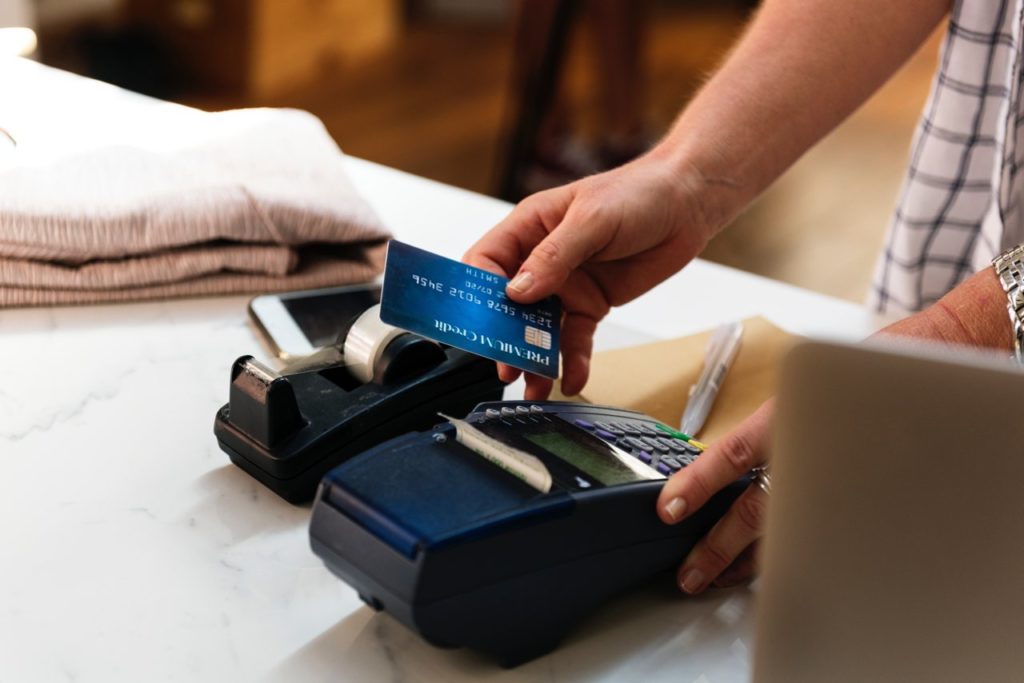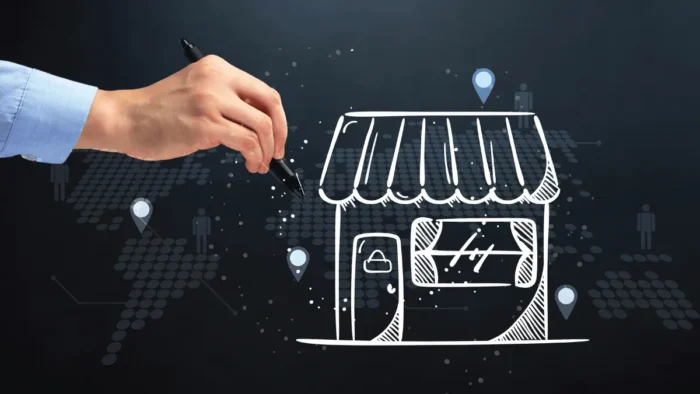In today’s world of entrepreneurialism, many people perceive startups almost exclusively as online businesses. Indeed, the ability to start a company online is part of what’s led to a boom in entrepreneurial pursuits in the past decade or so, and a lot of startups do operate primarily on a digital front.
In turn, this is a lot of new business people’s introduction to management, and it’s debatable whether this is a good thing or not. However, there are still plenty of new companies and small businesses that rely on brick-and-mortar retail locations, and despite the digital revolution, it is becoming increasingly evident that physical retail stores are needed to complement the online presence.
This mistake is in thinking that one represents the future while the other represents the past. While it’s true that in certain cases an online business may seem decidedly more cutting edge than a retail environment, today’s stores can take a lot of steps to become more modern and technologically savvy. These are four such steps.
1. Create More Than A Store
Arguably the most progressive aspect to modern store design actually has very little to do with technology. The idea here is to create more than just a store when setting up a brick-and-mortar location for your business; rather, create an experience. Chicago Business discussed this point from the perspective of a few owners of trendy, up-and-coming businesses such as Warby Parker, and the concept is actually pretty fascinating.
Basically, modern business owners understand that shopping can be done online, whereas a store experience that incorporates additional attractions or reasons to congregate can offer more. Apple offers free WiFi and classes that inspire customers to gather whether or not they’re purchasing products; Warby Parker allows for portrait taking as customers try on glasses; and even looking to the past, bookstores survive in the face of Amazon by providing cafés and working or reading areas. By mimicking these ideas in a manner that suits your product or service, you can turn your store into a third place.
2. Reach Out With Beacons
Beacon technology is considered by many to be the next big thing in retail sales, and it’s a wonderful way to reach out to customers in person the way you might already be doing online. When you think about the perks of online shopping, a few things come to mind: quickness, convenience, recommendations based on browsing history, and automated customer service, to name a few.
Beacons are small sensors that can make a connection to customers’ mobile devices via Bluetooth or WiFi and effectively provide these same services for an in-store experience. The benefits—customer convenience, customer intelligence, and enhanced shopping experience, among others—were all noted by Web Marketing Today as reasons small businesses should consider beacons, which basically addresses all of the aforementioned perks of online shopping.
3. Facilitate Mobile Payments
Mobile payments are becoming increasingly popular, particularly as more systems emerge supporting them. There are Apple Pay and its various competitors; Bitcoin and other cryptocurrencies; and even new apps and physical cards issued by banks that can be scanned digitally to transfer funds. These are the types of services consumers are going to be using moving forward, and any cutting-edge small business would do well to welcome the trend.
To do so, all you need to do is equip your retail store (or stores) with processing equipment that can handle these types of payments. Addressing face-to-face payments—as in, those between a store employee and a customer on the floor rather than those conducted at a cash register—Worldpay points to numerous types of processors that can get the job done. Portable card machines, mobile card readers, and contactless card readers are among the tools that can be adopted fairly easily in a store.
4. Exist Everywhere
Finally, it’s absolutely vital not just to set up a store to compete in a modern environment, but to blend that store with your online presence. In other words, your business doesn’t have to be based entirely online or entirely in stores. However, if you do require a retail store, it’s best to exist digitally as well.
This can be done in numerous ways that have been understood by entrepreneurial types for some time now. A successful modern business needs a website, an app, a social media presence, and a constant effort to keep all of these assets updated and active. This can mean updating a Facebook page with new information about store offerings. It can also mean sending push notifications to customers through an app. Whatever the case, do not make the mistake of relying solely on one or two angles of a business. Existing everywhere is very possible in today’s world, and if you aren’t doing it, your competitors certainly are!
By addressing these four ideas, you can truly make the brick-and-mortar side to your budding business as modern and as effective as possible.





